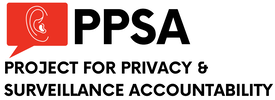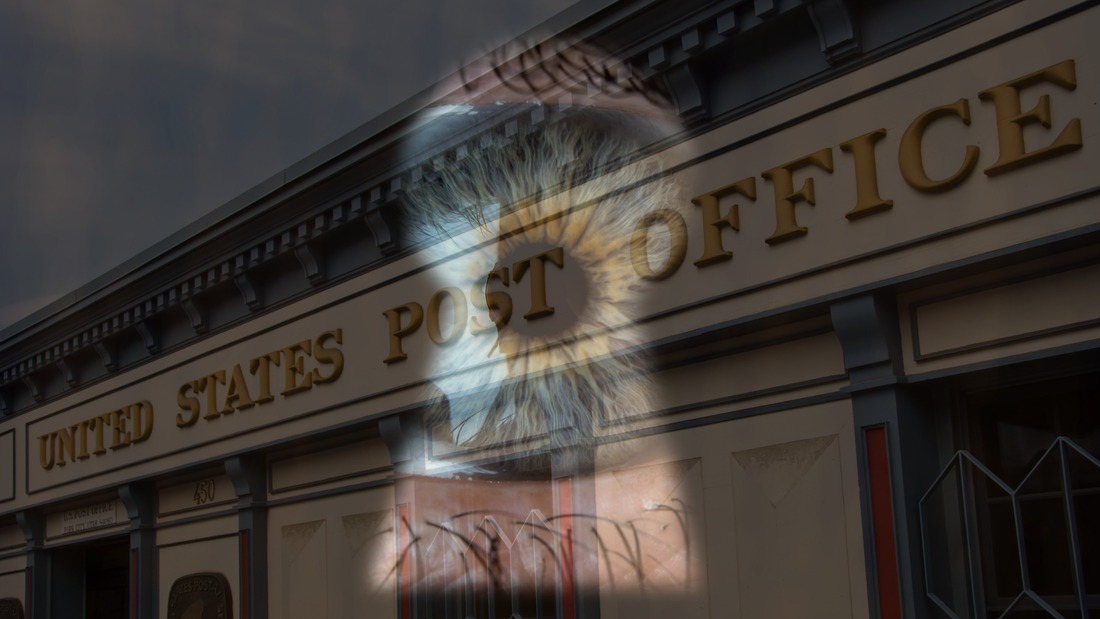|
A bipartisan letter from eight U.S. senators to the Chief Postal Inspector brings to light the extent to which the U.S. government is spying on us through our mail. Digital scanning, and no doubt AI, have revived the relevance of pen and paper privacy concerns that led the Founders to craft the Fourth Amendment.
This surveillance involves “metadata,” a record of communications that typically refers to digital communications in the form of emails, instant messaging, and phone calls. Without delving into the content of a message, metadata can yield a surprisingly robust portrait of a target’s most sensitive and personal information. A Stanford University study of the phone records of 800 volunteers revealed who had an abortion, who was diagnosed with a neurological ailment, and who had purchased a firearm. Courts recognize this power of metadata in the digital realm, requiring a judicial order before a government agency can monitor Americans’ metadata (although, like many such rules, it is sometimes more honored in the breach). But no such rules restrict the government from taking vast numbers of images of mail envelopes. Such images are called “mail covers.” No court order is required for a federal agent to obtain your mail covers, just a request in writing to the U.S. Postal Inspection Service. Postal inspectors and law enforcement agencies had requested more than 135,000 mail covers between 2010-2014. There is no telling how many they request today. Government audits reveal that the top agencies asking for mail covers were the IRS, the FBI, the Drug Enforcement Administration, and the Department of Homeland Security. This is a well-worn path. As the senators note, Thomas Jefferson, worried about “the infidelities of the post office,” had worked out early encryption technology for his correspondence with James Madison. The senators added: “While encryption technology has come a long way since then, and is now built into widely used mobile messaging apps, postal communications remain just as vulnerable to warrantless surveillance as they were in the 1700s.” There are more modern examples of mass abuse of postal privacy. The Senate’s Church Committee revealed in 1976 that the CIA had photographed the exteriors of over two million pieces of mail and opened hundreds of thousands of letters. The FBI’s mass surveillance of the mail goes back to the 1940s. PPSA supports the demand of these senators to harmonize the rules that govern postal metadata with those that govern digital metadata. We support their call to postal authorities that they “should, except in emergencies, only conduct mail covers when a federal judge has approved this surveillance.” Meanwhile, be careful what you scribble on the back of an envelope. Comments are closed.
|
Categories
All
|


 RSS Feed
RSS Feed